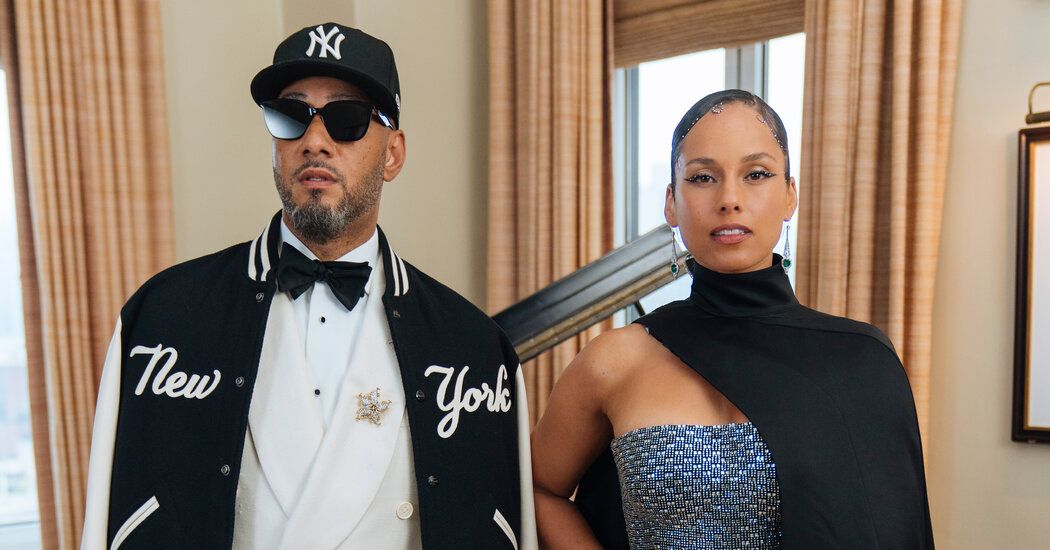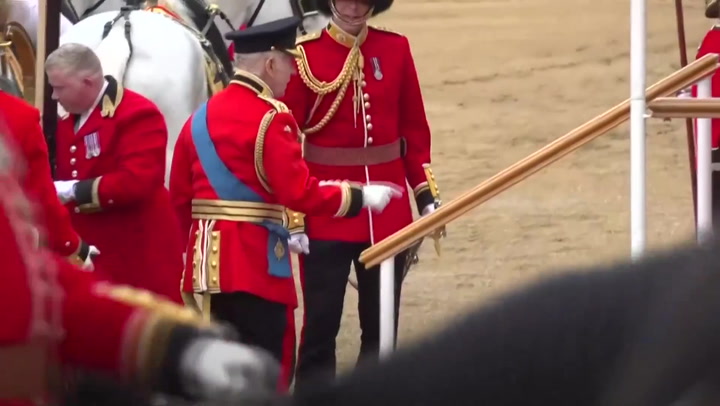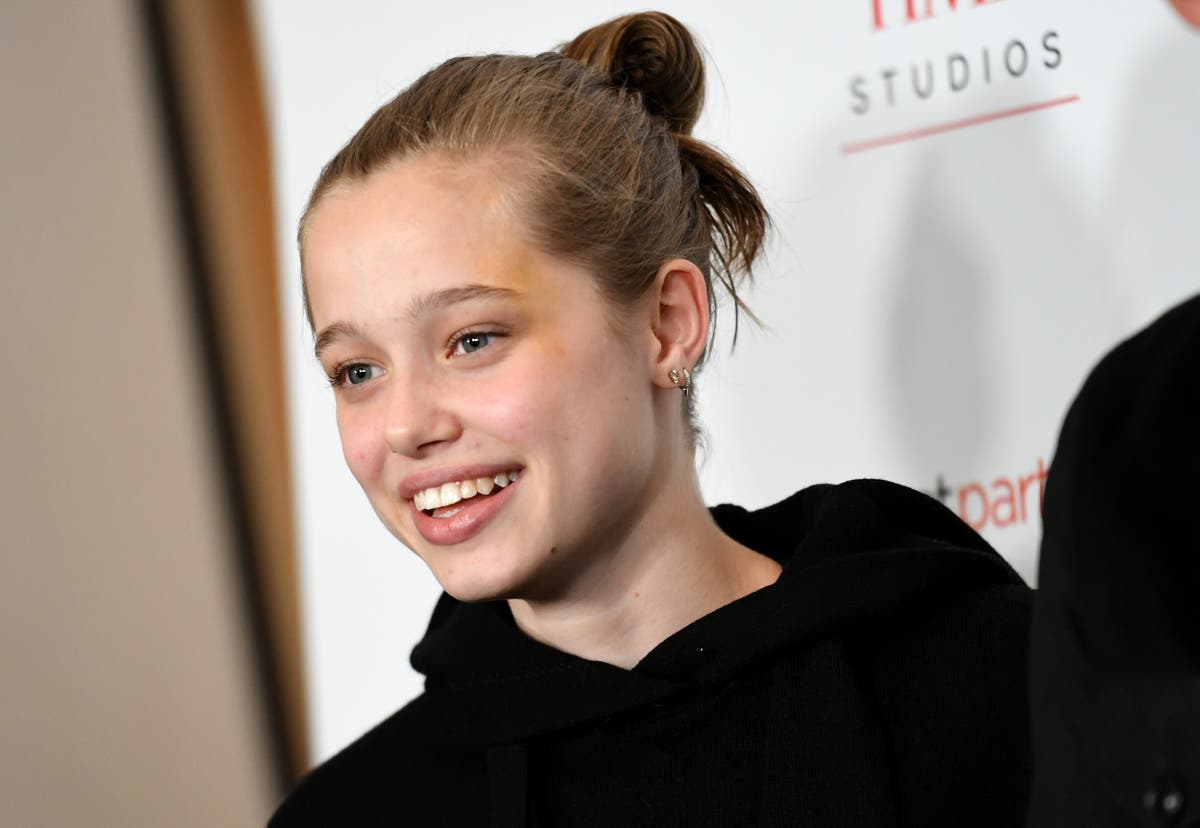Call it an embarrassment of riches: Musician Alicia Keys and her husband Kasseem Dean, the producer and DJ known professionally as Swizz Beatz, have purchased works of art so enormous that only a few could fit in their homes in California, New York and New Jersey . Some colossal paintings by artists like Kehinde Wiley, Derrick Adams and Titus Kaphar eventually made their way through the door and became staples of the couple’s daily routine: backdrops for movie nights and family parties.
“We’ve never seen all of these works of art in one room,” Keys said in a recent interview. That will change on February 10, when monumental works of art from her collection star in a major exhibition in the Brooklyn Museum’s Great Hall.
Called “Giants: Art from the Dean Collection of Swizz Beatz and Alicia Keys,” the show, by dint of its location, endorses the pair as leading collectors of black artists, though there is no denying the obvious appeal of their own star power . Keys is a Grammy Award-winning singer with a musical, “Hell’s Kitchen,” opening on Broadway this spring, and Dean has produced hits with artists including Beyoncé, Jay-Z, Lil Wayne and DMX.
“There’s a lot of brand recognition among the deans,” said Kimberli Gant, a curator of modern and contemporary art who helped organize the exhibition of more than 100 works of art and participated in the museum’s recent Spike Lee exhibition. “People love Swizz Beatz and Alicia Keys, but they don’t know them as collectors.”
Dean began collecting as a teenager in the 1990s, when he bought a photograph of Ansel Adams with the proceeds from his early records with DMX. But the size and scale of its acquisitions of market favorites have grown since then. Five years ago he estimated that his collection had about 400 pieces; Now, he says, that number is in the thousands. Recent purchases include a 2018 Derrick Adams painting, “Floater 74,” which will be on display in the exhibition. The 25-foot-long image of black figures relaxing in a pool used to hang in the couple’s living room, creating a blue horizon dotted with inflatable flamingos and other pool toys above a dining area and sectional couch.
“The reason we doubled down on African-American art is because people weren’t collecting it,” Dean said, explaining that it was difficult to break into the market at first. The art world is built on relationships and few major auction houses or galleries cater to black clientele.
“Things are flowing a little better now,” Dean added, noting the greater diversity of artists on display at auctions and fairs. “I definitely see changes being made, but we as collectors must take responsibility for shaping the market.”
The pace of his acquisitions increased when he joined the Brooklyn Museum’s board of directors in 2019 after museum director Anne Pasternak recruited him.
“I saw how they developed a collection with real passion,” Pasternak recalled in an interview. “I used to go to galleries with them and see them at art fairs.”
The couple said they are preparing to donate several works from their collection to the museum, but declined to name exactly which or how many works will become gifts, saying the list is being finalized. Pasternak said his personal favorites included a diptych by Amy Sherald, paintings on panels by Meleko Mokgosi and photographs by Gordon Parks.
Planning for the Brooklyn Museum exhibition began in 2022; Dean resigned late last year from the museum’s board of directors to avoid the appearance of any conflict. “It was the right thing to do because we wanted to stay focused on the program,” he said.
Nonprofit museums often rely on wealthy trustees to lend money and influence to their institutions, but conflict of interest rules typically prevent board members from benefiting financially from that relationship.
“It appears that the Brooklyn Museum is trying to avoid the appearance of conflict,” said Sally M. Yerkovich, chair of the ethics committee of the International Council of Museums, who currently leads reviews of the council’s code of ethics. “As a trustee, the primary focus should be to benefit the museum, not the trustee personally.” Displaying board members’ collections on museum walls is generally frowned upon, Yerkovich said, explaining that works of art displayed in museums often fetch greater financial value on the secondary market.
Dean said the couple was not financing the show nor did they intend to sell anything that would be on display.
Over the past two decades, some critics have accused the Brooklyn Museum of mounting unscholarly populist exhibitions, starting with its 2002 “Star Wars” show, which New York Times critic Michael Kimmelman described as “a quick, temporary means to make headlines, boost attendance figures and raise cash.”
More recently, the museum has produced or borrowed well-received shows about musician David Bowie, “Christian Dior: Designer of Dreams” and “African Fashion,” along with memoir entertainments such as filmmaker Spike Lee’s “Creative Sources.” He defended to his heart’s content allowing comedian Hannah Gadsby to help curate what became a highly controversial Picasso exhibition. In 2024, the museum is preparing to announce “Eyes of the Storm,” an exhibition of Paul McCartney photographs from the Beatles era. It is currently in the Chrysler Museum of Art in Norfolk, Virginia.
Pasternak defended the museum’s programming. “I recognize that some are cynical about our efforts,” Pasternak said. “Doing things by the rules has never been what works for us. And as long as we do it with real rigor and care, I think it’s important to keep experimenting.”
“People give a lot of importance to the names of these celebrities, but I see them as people who contribute to culture in a significant way,” explained the director. “For people who aren’t interested, we have five floors of our extraordinary galleries and permanent collection.”
If visitors come to satisfy their curiosity about what kind of art two of the world’s most popular musicians collect, pay the special $25 exhibition fee, and stay on the strengths of the Dean collection, then the exhibition will have been a success, Pasternak said.
“As artists, Alicia and Swizz focus on showing the synergy between musicians and visual artists trying to create change in the world through forms of creative expression,” said Gant, the curator.
Even frequent museum visitors would be surprised by the collection, Gant said, pointing out rare landscapes (14 of them) by portraitist Barkley L. Hendricks and a tire sculpture by video maker Arthur Jafa. Other works, including a brilliant installation by Ebony G. Patterson and four sexually charged scenes by Nina Chanel Abney, pop with color.
“I think people will be very captivated by what they see,” Keys said, adding that his mantra when collecting art has always been: “by the artists, for the artists, with the people.”












